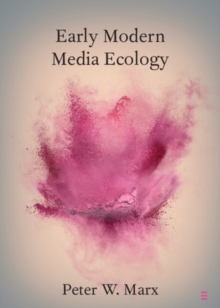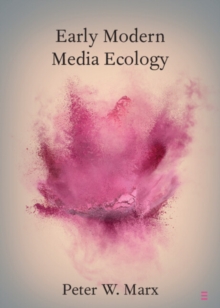
Approaching the Interval in the Early Modern Theatre : The Significance of the 'Act-Time' Paperback / softback
by Mark (Universidad de Salamanca, Spain) Hutchings
Part of the Elements in Shakespeare Performance series
Paperback / softback
Description
In requiring artificial light, the early modern indoor theatre had to interrupt the action so that the candles could be attended to, if necessary.
The origin of the five-act, four-interval play was not classical drama but candle technology.
This Element explores the implications of this aspect of playmaking.
Drawing on evidence in surviving texts it explores how the interval affected composition and stagecraft, how it provided opportunities for stage-sitters, and how amphitheatre plays were converted for indoor performance (and vice versa).
Recovering the interval yields new insights into familiar texts and brings into the foreground interesting examples of how the interval functioned in lesser-known plays.
This Element concludes with a discussion of how this aspect of theatre might feed into the debate over the King's Men's repertory management in its Globe-Blackfriars years and sets out the wider implications for both the modern theatre and the academy.
Information
-
Less than 10 available - usually despatched within 24 hours
- Format:Paperback / softback
- Pages:114 pages, Worked examples or Exercises
- Publisher:Cambridge University Press
- Publication Date:25/04/2024
- Category:
- ISBN:9781108791922
Information
-
Less than 10 available - usually despatched within 24 hours
- Format:Paperback / softback
- Pages:114 pages, Worked examples or Exercises
- Publisher:Cambridge University Press
- Publication Date:25/04/2024
- Category:
- ISBN:9781108791922










